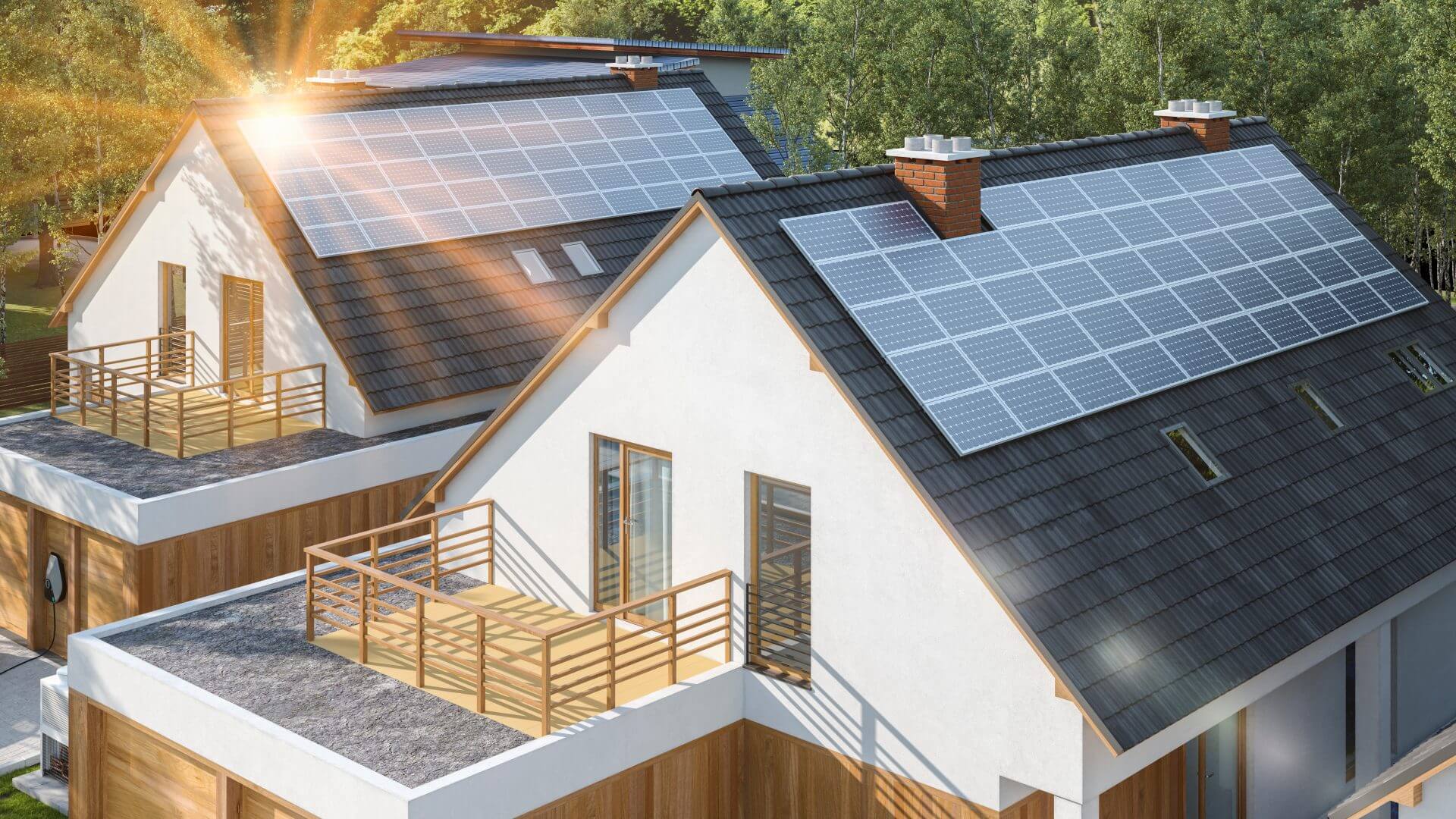People are well aware of the consequences of unsustainable practices. As a result, many individuals are considering switching to solar energy to do their part in creating a greener planet. However, rising energy costs also drive the transition to solar photovoltaics (PV).
Thankfully, improvements in solar technology are bringing input costs down. Thus, more people can acquire solar technology. Solar energy has emerged as a viable substitute for traditional energy sources because of its benefits to the environment and the cost-savings that come with it.
If you’re considering going solar, keep in mind that there’s no one-size-fits-all solution. Before you can begin the installation, you must consider several factors. Plus, you’ll most certainly need the help of professionals. Impact Energy solar installation or the services of any other reputable firm are a must as this is something that’s hard to DIY.
This guide will give you a brief overview of everything you need to know to successfully install a solar PV system for your home, plus other considerations you ought to make.
Installation Process: An Overview
Step number one is finding a project designer to design a solar PV system for you. The solar installation contractor will follow this plan when installing the system. The design will show the wiring, extrusions, electrical parts, and roof, among other things. Remember that the design of this system will depend on the angle of your roof, where it’s in relation to the sun and your energy needs. Additionally, it must be aesthetically appealing.
The next step is to submit your permit for approval to the building and planning office once you obtain a detailed plan.
Following the planning office’s approval, you can begin ordering your equipment and set a date for installation. The installation timeframe would depend on the size and complexity of the project.
After the system is implemented, an inspector must check it out. If approved, a permission to operate (PTO) is subsequently filed with the utility company, whose approval is also required. You’re all set after all parties approve.
Other Factors To Consider
-
Maintenance
Your solar power system needs regular repair or maintenance, like any other element of your house. Dirty solar panels might lose up to 15% of their efficiency. Therefore, you must ensure that they’re adequately maintained.
Solar power systems don’t have moving parts, so they’re pretty simple to maintain. However, keep in mind that they come with a warranty. You’re still in charge of keeping those panels in good condition whether or not they’re on a lease.
-
Net Energy Metering
Your utility will modify your billing structure once they authorize you to operate. The net energy metering (NEM) system credits solar-PV-equipped homes for the energy that their respective systems produce. The meter keeps track of how much electricity is utilized and how much excess energy is generated. Moreover, it measures the amount of energy that’s given back to the utility system.
Since solar systems don’t produce enough energy at night, this system enables you to practically bank these energy savings for use at night. Note that a solar PV system’s ability to produce a certain amount of energy depends on different variables. You’ll get a monthly statement with information on total energy use and production at the end of each month. Additionally, it displays any outstanding credits or amounts.
The utility company will then issue you what’s known as a true-up bill once every 12 months. Essentially, this bill tallies all the credits or payments due, the difference between the total quantity of energy generated and used, connection fees, taxes, and other expenses.
-
Investment Tax Credit (ITC)
You can receive ITC for purchasing and installing solar power systems. Thankfully, solar PV systems qualify for investment tax credits. However, remember that this particular tax credit is a one-time credit that can be carried forward or backward if it isn’t fully utilized during the year of installing the system.
-
Solar Power System Size
You must also determine the size of the required solar power system. Remember that houses have different energy needs, so you’ll need to figure out how big the system should be to power your home. However, to maximize your return on investment, you must invest in a solar power system that meets nearly all of your energy needs.
-
Choosing A Contractor
Selecting the appropriate contractor for the job is crucial. Look for one with experience and a proven track record. To get a hold of these pieces of information, you must conduct thorough research. You may look for reviews online, or ask your friends and family for their personal suggestions.
Additionally, you can interview different contractors and gather several quotes from them. In addition to that, it’s also vital to consider other aspects in finalizing your decision, such as the standard of customer service.
Conclusion
A solar PV system can represent your modest effort to preserve the environment and save money.
It’d be ideal to plan for this project in advance and employ a designer who can assist with mapping from the beginning. Additionally, seek a reputable and competent solar installation contractor. You don’t want a poor installation job because it can cost you more in upkeep and repairs than you originally anticipated.
When it comes to funding the switch to solar, it’s also crucial to consider all of your alternatives. Be patient—give yourself time to budget and plan since this is a long-term investment.



























